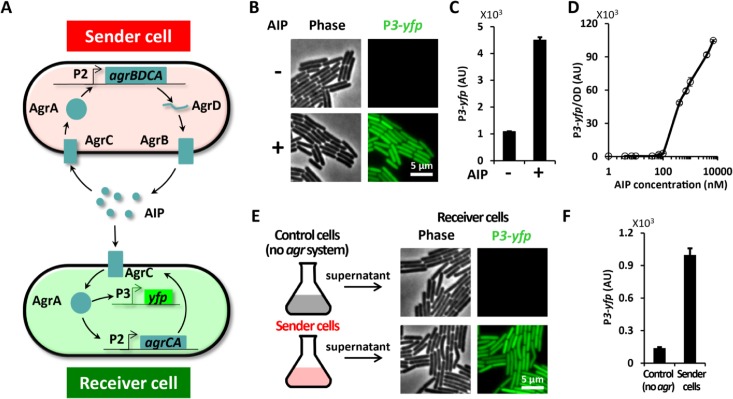Fig 2. A synthetic quorum sensing (QS) system was built and its functionality and modularity was confirmed in B. subtilis.
(A) Diagram of the synthetic agr systems in Sender cells (top) and Receiver cells (bottom). The Sender cell contains the entire agr operon (P2-agrBDCA) and can thus both secrete and sense AIP, the autoinducing peptide. The Receiver cell, on the other hand, carries P2-agrCA and P3-yfp and thus can respond to AIP by expressing YFP. (B) Snapshots of Receiver cells grown on MSgg pads with 0 (-) or 100nM (+) chemically synthesized AIP. yfp expression from P3 is shown in green. (C) Mean P3-yfp fluorescence intensity from individual Receiver cells with 0 (-) or 100 nM (+) AIP (mean ± SEM, n = 78 cells, p<0.0001). (D) Dose response curve of Receiver cells to AIP (mean ± SEM, n = 2). (E) Images of Receiver cells grown on MSgg pad supplemented with 50% conditioned media from control cells (no agr system) or Sender cells. (F) Mean P3-yfp fluorescence intensity in Receiver cells grown with conditioned media from control cells or Sender (mean ± SEM, n = 97 cells, p<0.0001).

